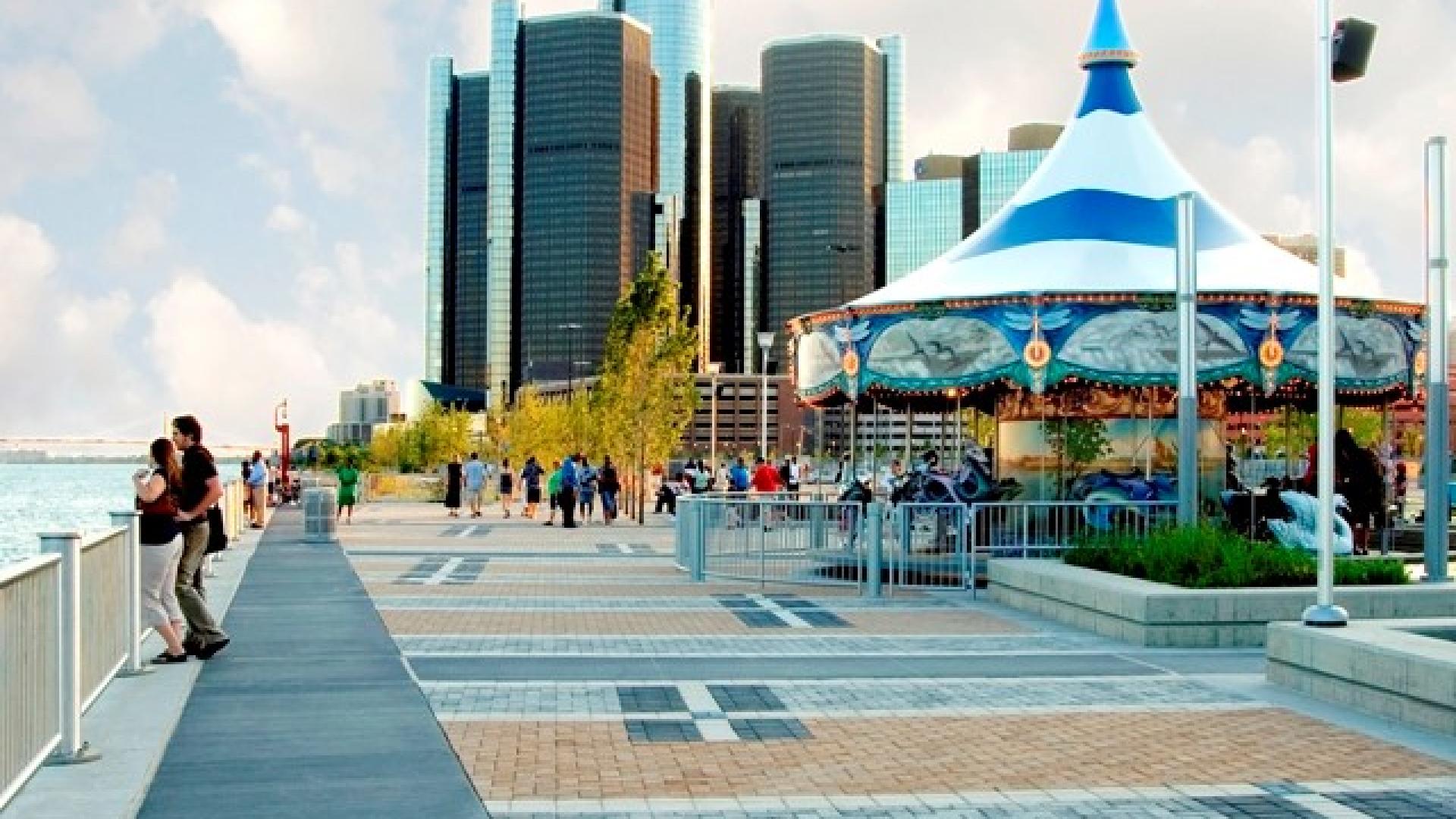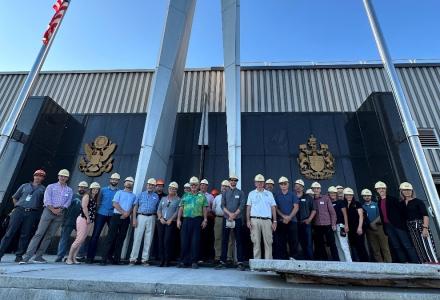

Cleaning up Great Lakes Areas of Concern leads to reconnecting people to waterways. And that leads to community and economic revitalization.
The connection is demonstrated in a recent analysis funded by the Erb Family Foundation and featuring 10 case studies from Canada and the United States. They include Buffalo River in New York, Collingwood Harbour in Ontario, Cuyahoga River in Ohio, Detroit River in Michigan, Hamilton Harbour in Ontario, Muskegon Lake in Michigan, River Raisin in Michigan, Severn Sound in Ontario, St. Louis River in Minnesota and Toronto Harbour in Ontario.
The study provides compelling rationale to sustain Great Lakes funding programs in the United States and Canada as part of a community and economic revitalization strategy.
As noted in the report: “Continued investments through the (Great Lakes Restoration Initiative) and Great Lakes Legacy Act in the United States and the Canada-Ontario Agreement on Great Lakes Water Quality and Ecosystem Health and Great Lakes Protection Initiative in Canada are critical for securing the future of many communities along this freshwater coast.”
Detroit River as an example
In the 1960s, the Detroit River was one of the most polluted rivers in North America. Today, more than 40 years of pollution prevention and control have resulted in substantial environmental improvements and surprising ecological revival.
In the late 1960s, no bald eagles, peregrine falcons or osprey were reproducing in the watershed; no lake sturgeon or lake whitefish were reproducing in the river. Beaver had disappeared, as had the common terns from the 980-acre island park called Belle Isle.
The Great Lakes Fishery Commission declared walleye to be in a state of crisis. Today, bald eagles, peregrine falcons, osprey, lake sturgeon and lake whitefish are reproducing again, beaver are back, common terns are back on Belle Isle, and the Detroit River is now considered part of the “Walleye Capital of the World” with annual walleye tournaments offering $500,000 in prize money and drawing competitors from locations throughout North America.
This ecological recovery is remarkable, but much more needs to be done to fully realize long-term goals of restoring the physical, chemical, and biological integrity of the Detroit River, as stated in the Great Lakes Water Quality Agreement between Canada and the United States.
As a result of the Detroit River cleanup, growing public interest to reconnect to it, and strong public and private support to revitalize Detroit, the Detroit Riverfront Conservancy was created to design, build, steward, and program a Detroit RiverWalk – one of the largest, by scale, urban waterfront redevelopment projects in the U.S.
The goal is a continuous 5.5-mile RiverWalk from the MacArthur Bridge to Belle Isle to the Ambassador Bridge to Canada. Today, the East Riverfront portion is 90 percent complete and already has nearly 3 million annual visitors.
Economists have quantified that in the first 10 years of the Detroit RiverWalk, there was a return of more than $1 billion on an initial $140 million investment.
Mark Wallace, president and chief executive officer of the Detroit Riverfront Conservancy, notes: “Without this early focus on cleaning up the river and improving water quality, this transformation of the river’s edge would not have been possible.”
For more information on all 10 case studies, see iaglr.org/aocdocs/GreatLakesRevival-2019.pdf.

John Hartig is a visiting scholar at the University of Windsor’s Great Lakes Institute for Environmental Research, where he studies the cleanup and restoration of Great Lakes Areas of Concern. Hartig has been involved in SOS conferences since their inception in 1998 and served as co-chair of the 2022 conference.



